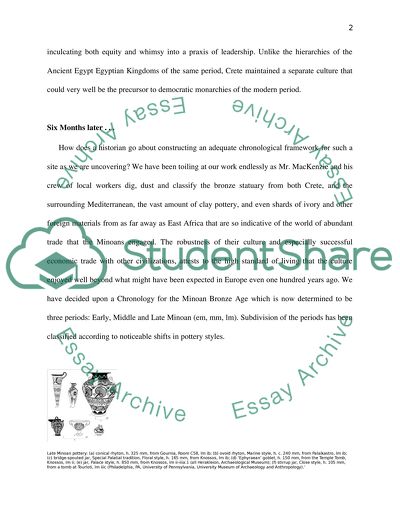Cite this document
(“The Palace of King Minos Essay Example | Topics and Well Written Essays - 2250 words”, n.d.)
Retrieved from https://studentshare.org/miscellaneous/1516986-the-palace-of-king-minos
Retrieved from https://studentshare.org/miscellaneous/1516986-the-palace-of-king-minos
(The Palace of King Minos Essay Example | Topics and Well Written Essays - 2250 Words)
https://studentshare.org/miscellaneous/1516986-the-palace-of-king-minos.
https://studentshare.org/miscellaneous/1516986-the-palace-of-king-minos.
“The Palace of King Minos Essay Example | Topics and Well Written Essays - 2250 Words”, n.d. https://studentshare.org/miscellaneous/1516986-the-palace-of-king-minos.


